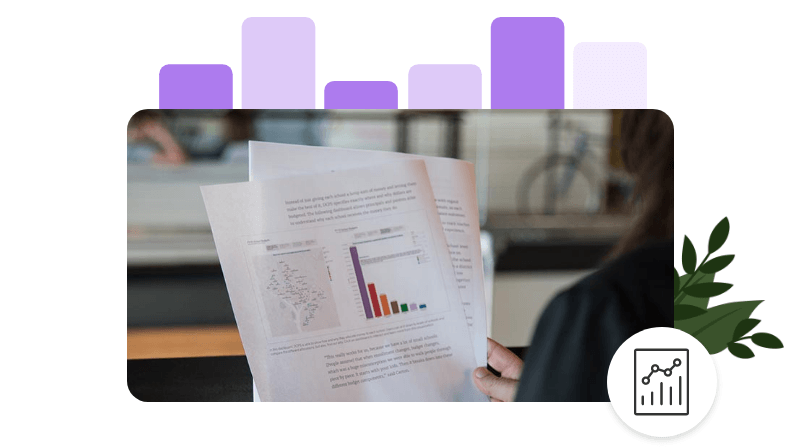Finance Analytics
Drive efficient analysis and reporting. Share trusted data across the enterprise.

Accelerate Finance Reporting: 3 Examples Show You How
Find out how the Tableau Finance Analytics team automates manual processes to prepare and transform financial data–improving operational efficiencies, building data credibility, and gaining time for strategic analysis.
Read the whitepaperBoost efficiency using finance analytics
Combat the growing sophistication and complexity of fraud schemes using powerful, intuitive analytics that detect fraudulent activity 58% faster to limit your losses.
Tableau’s commitment to evolving its platform has really driven our passion and enthusiasm to integrate analytics across the business. It is now the centerpiece of our enterprise analytics engine and allows us to produce actionable insights at an unbelievable pace.
Join the Tableau Office of Finance Community
Access virtual user groups, find answers, and meet other finance professionals who use Tableau.
